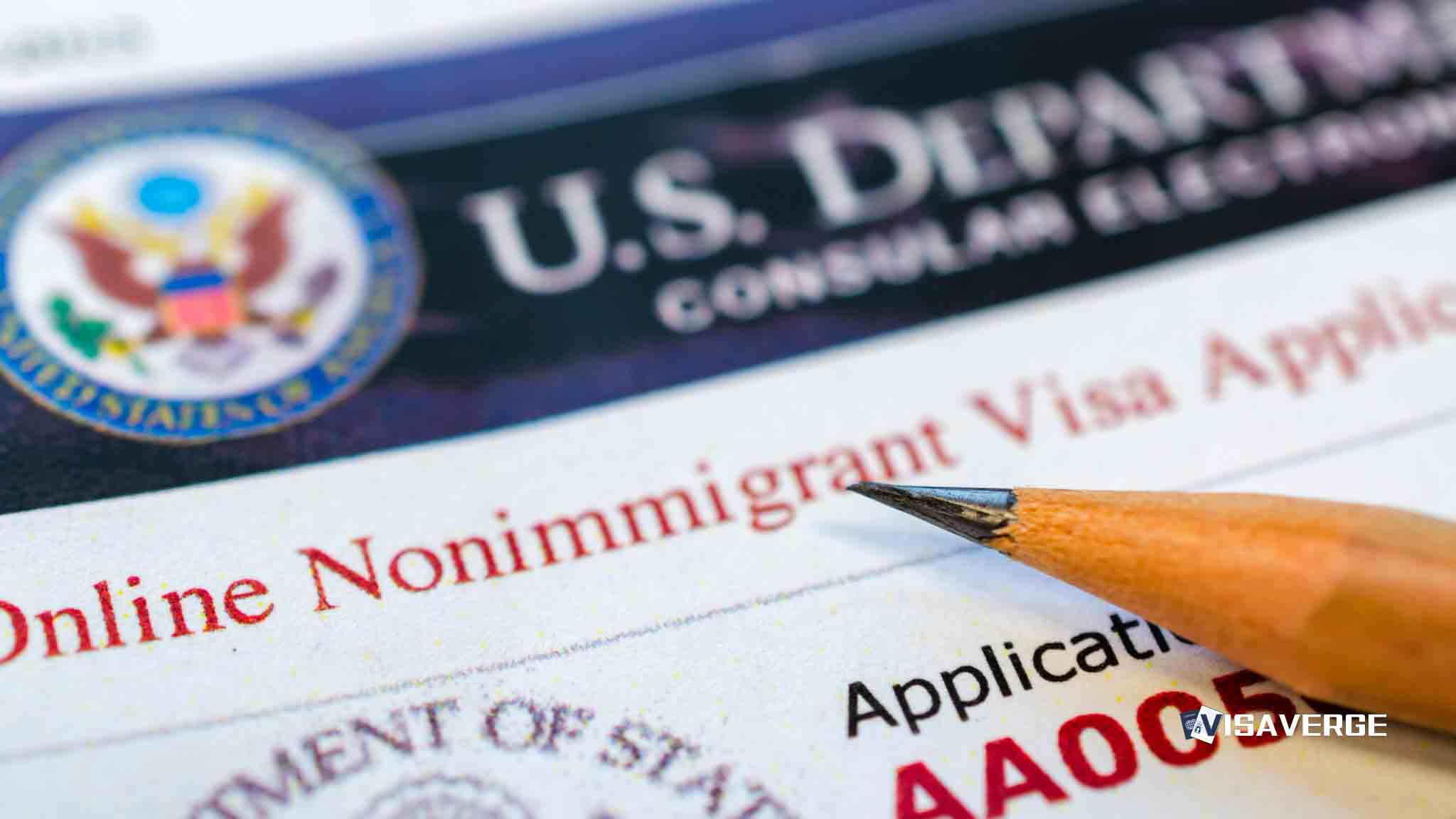If you’re married to a U.S. citizen and want to become a U.S. citizen yourself, this guide will walk you through every step. You’ll learn who is eligible, what documents you need, how to apply, and how to avoid common mistakes. By following these steps, you’ll be better prepared and less anxious about the process.
Eligibility Requirements

Before you start your naturalization application, make sure you meet all five main requirements:
- Lawful Permanent Resident (LPR) Status for 3 Years
You must have a green card and have lived in the United States 🇺🇸 as a Lawful Permanent Resident for at least three years. During this time, you must have been married to and living with your U.S. citizen spouse. If you are no longer living together or are divorced, you must wait five years instead of three. - Continuous Residence and Physical Presence
You need to have lived in the United States 🇺🇸 without long breaks for at least three years before you apply. You also must have been physically present in the country for at least 18 months (about 548 days) out of those three years. Long trips outside the United States 🇺🇸—especially those over six months—can cause problems for your application. -
Living in Marital Union with U.S. Citizen Spouse
You must have lived together in a real marriage with your U.S. citizen spouse for the entire three years before you apply. Your spouse must have been a U.S. citizen for those three years as well. If you separate or divorce before your interview, you may lose your eligibility. -
Good Moral Character
You must show good moral character for the three years before you apply and up until you become a citizen. This means no serious crimes, following tax laws, and obeying immigration rules. In 2025, the government checks your background more closely, including your social media history. -
English Language and Civics Knowledge
You must be able to read, write, and speak basic English. You’ll also need to pass a civics test about U.S. history and government. Some people can get exceptions if they are older or have certain disabilities.
Step-by-Step Process
- Gather Proof of a Real Marriage
Collect documents that show your marriage is real. These include joint bank statements, lease or mortgage papers, photos together, children’s birth certificates, and affidavits from friends or family. The government now checks marriage validity more strictly, especially for refugees and asylees. -
Check Your Residency and Physical Presence
Review your travel history. If you took any trips outside the United States 🇺🇸 that lasted more than six months, gather proof that you kept your home, job, or family ties in the country.
- Confirm State Residency
Make sure you have lived in the same state or USCIS district for at least three months before applying. -
Complete Form N-400
Fill out the Form N-400 (Application for Naturalization). Use the latest version from the official USCIS website. Double-check your answers for accuracy. -
Collect Required Documents
You’ll need:- Your green card (front and back copies)
- Marriage certificate
- Proof of spouse’s U.S. citizenship (passport, birth certificate, or naturalization certificate)
- Evidence of shared life (see above)
- Proof of name changes, if any
- Any court or police records, if applicable
- Pay the Fees and Submit Your Application
As of 2025, the filing fee for Form N-400 is $760, plus $85 for biometrics. Fee waivers are available for those who qualify. -
Attend Biometrics Appointment
After you apply, you’ll be scheduled for fingerprinting and a background check. -
Prepare for the Interview and Tests
Study for the English and civics tests. Bring all original documents to your interview. -
Wait for a Decision
Processing times have increased in 2025 due to more background checks and higher application numbers. It may take 12–18 months or longer. -
Take the Oath of Allegiance
If approved, you’ll attend a ceremony and become a U.S. citizen.
Common Pitfalls to Avoid
- Not living with your spouse: If you separate or divorce before your interview, you may lose eligibility.
- Long trips abroad: Trips over six months can break your continuous residence.
- Missing documents: Not providing enough proof of a real marriage can lead to denial.
- Criminal or tax issues: Failing to disclose problems or pay taxes can hurt your application.
- Using outdated forms: Always use the latest Form N-400.
Timelines and Costs
- Processing time: 12–18 months or more in 2025
- Filing fee: $760
- Biometrics fee: $85
- Total cost: $845 (fee waivers may be available)
Next Steps
- Visit the USCIS official website for up-to-date forms and instructions.
- Gather your documents and check your eligibility.
- Consider speaking with a trusted immigration lawyer or nonprofit for help.
- Prepare early to avoid delays.
As reported by VisaVerge.com, recent changes in 2025 mean stricter checks on marriage validity and longer wait times, so careful preparation is more important than ever. By following these steps and staying organized, you can move forward with your naturalization application and take the next step toward becoming a U.S. citizen.
This Article in a Nutshell













